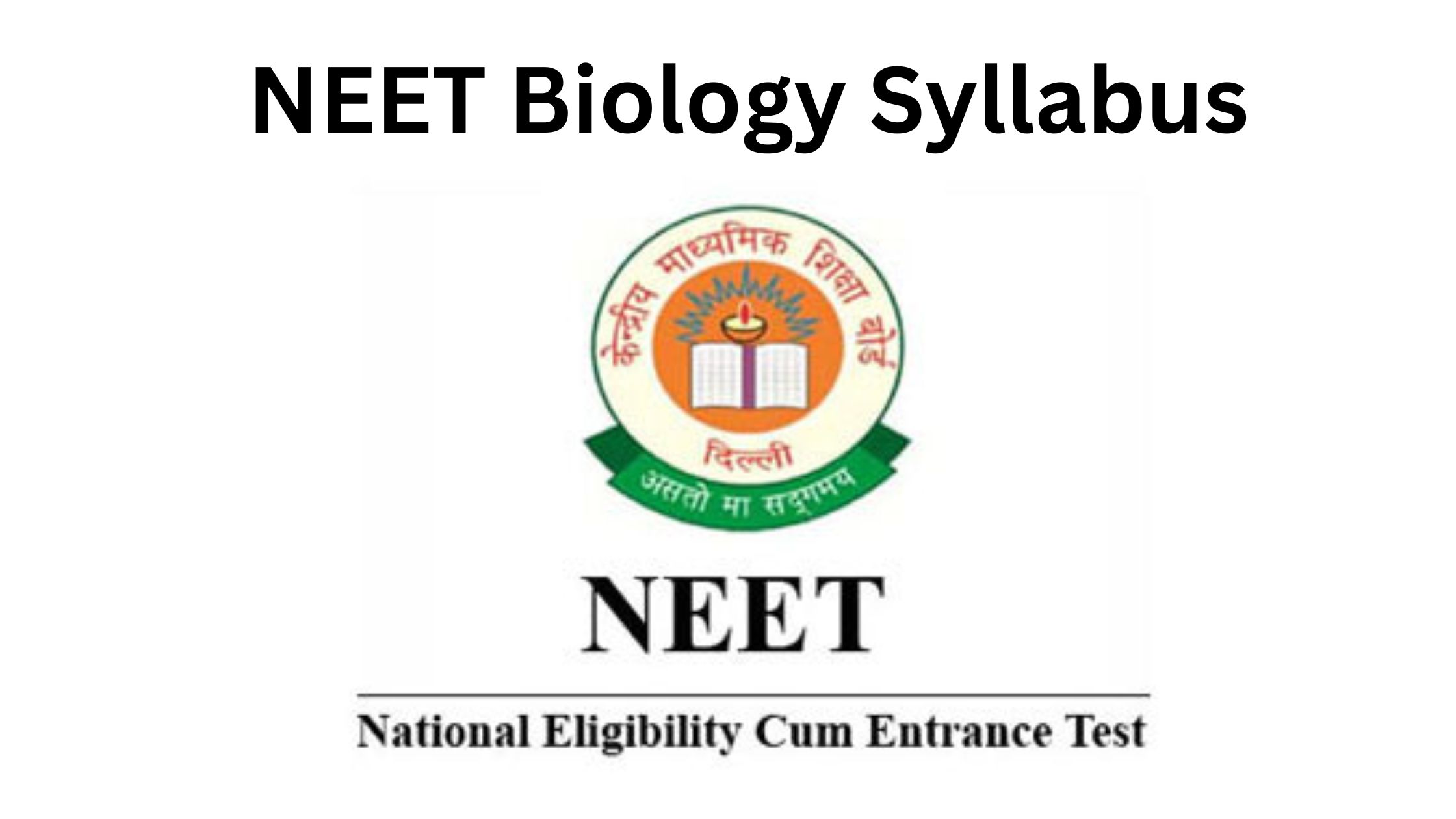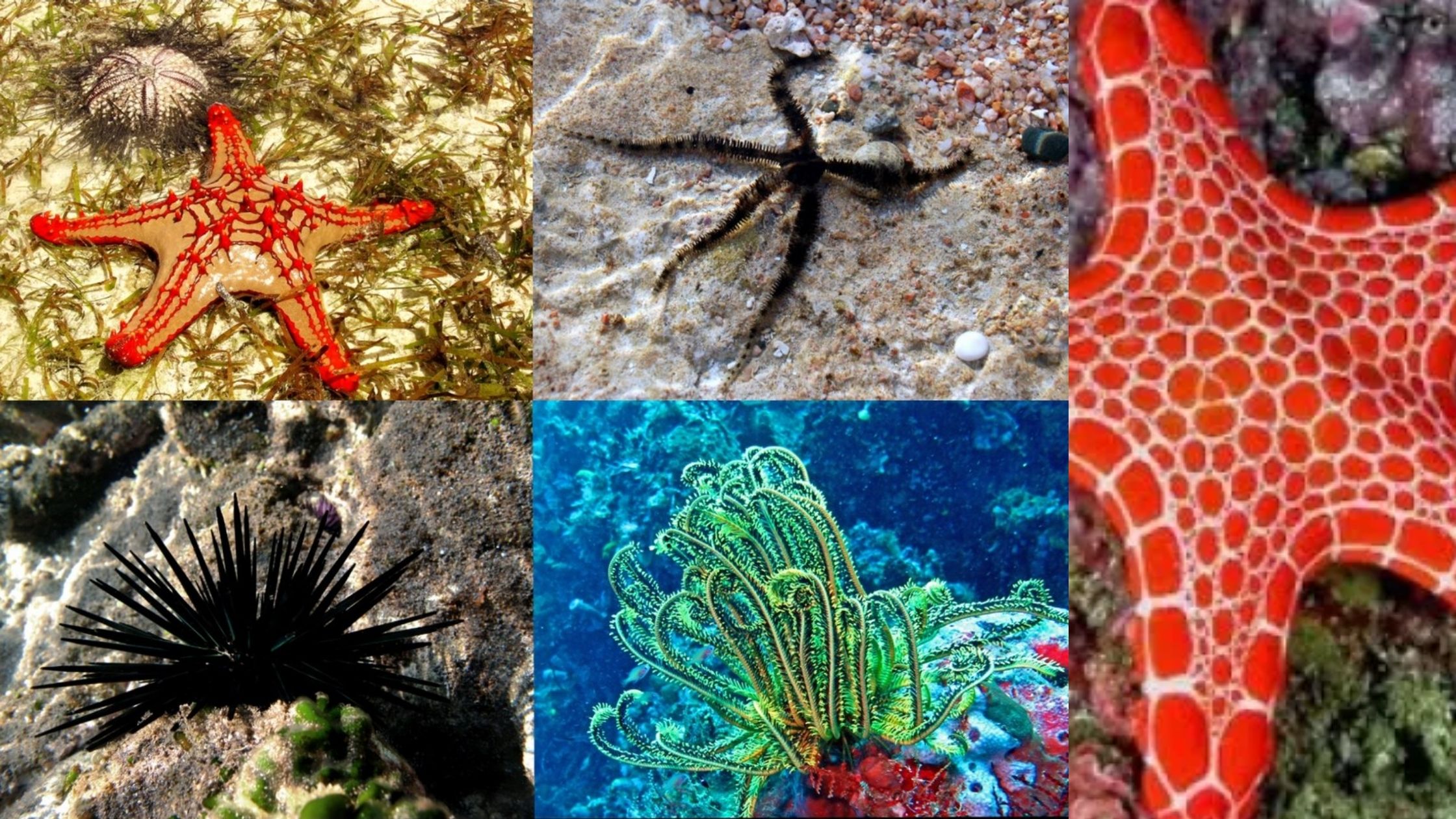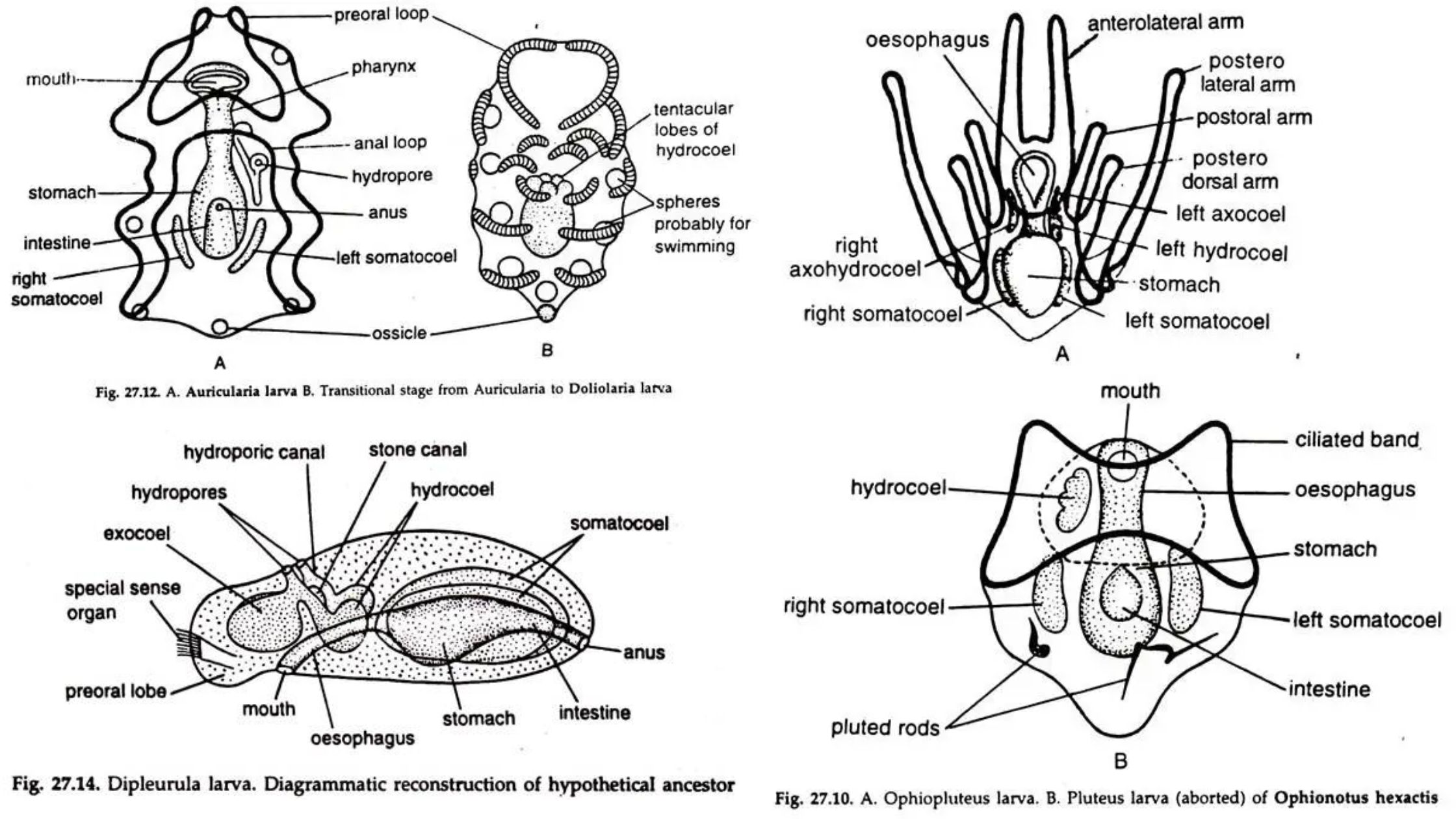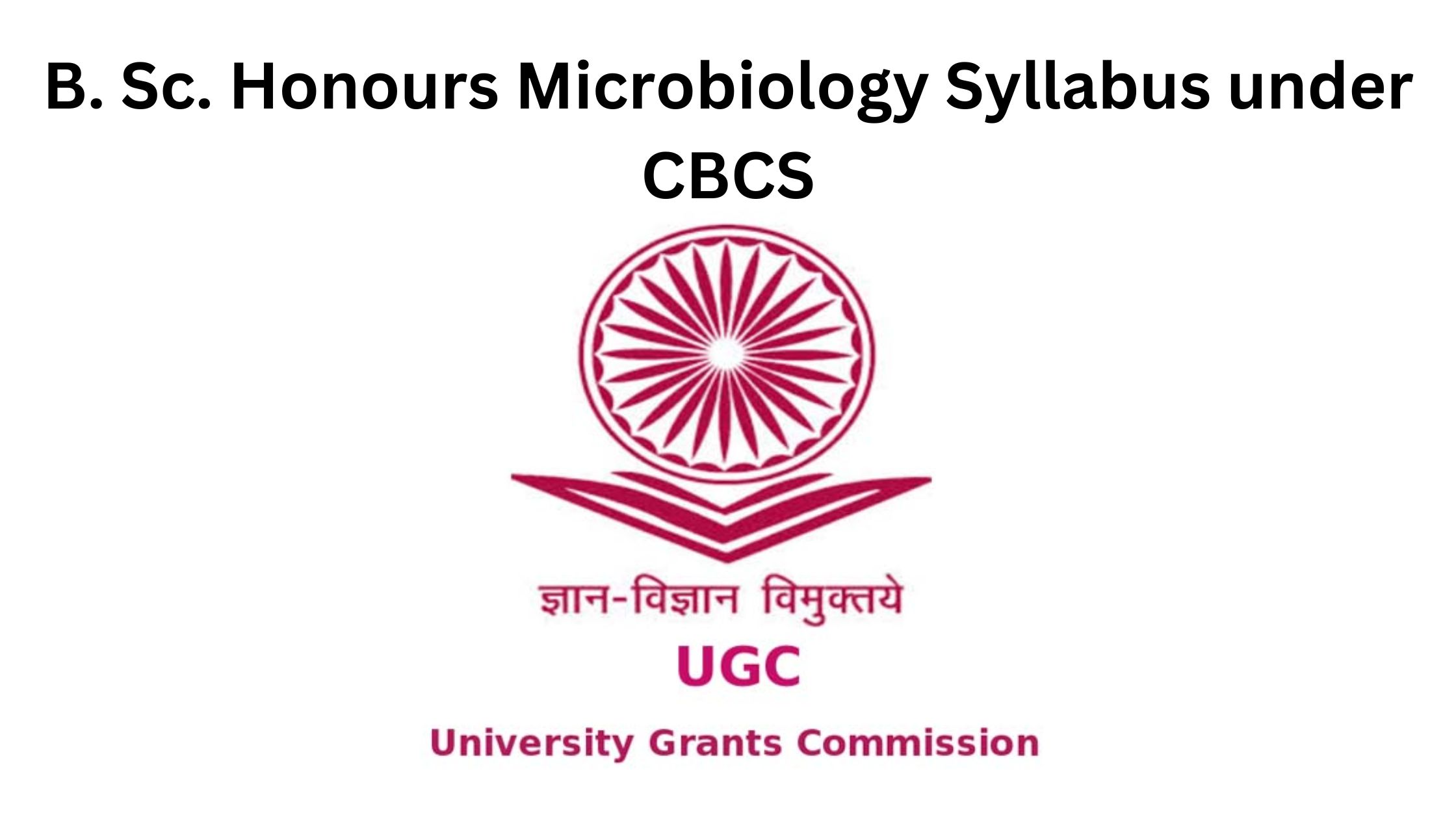IIT-JAM Biotechnology syllabus
Number of tests Once in a year Subject included Biotechnology, Geology, Chemistry, Mathematics, Economics, Mathematical Statistics Organizing authority IIT Madras is the Organizing Institute for JAM 2024 Exam conducted by IITs JAM Score Card Validity M.Sc programmes in IITsAdmissions in IISc, IISER Pune, IISER Bhopal, JNCASR, NITs Medium of examination English only Mode of examination … Read more









